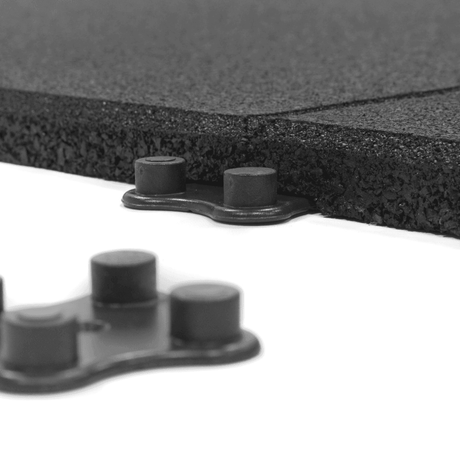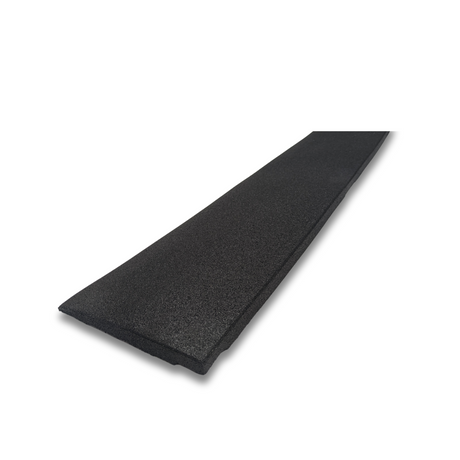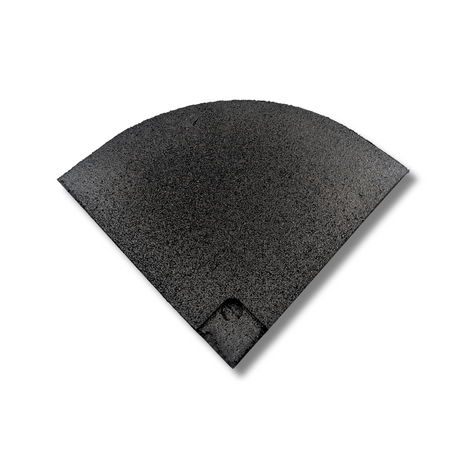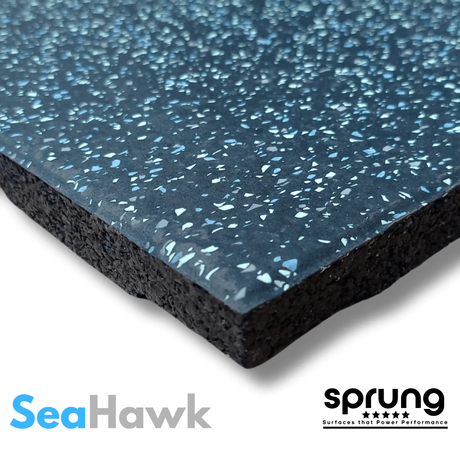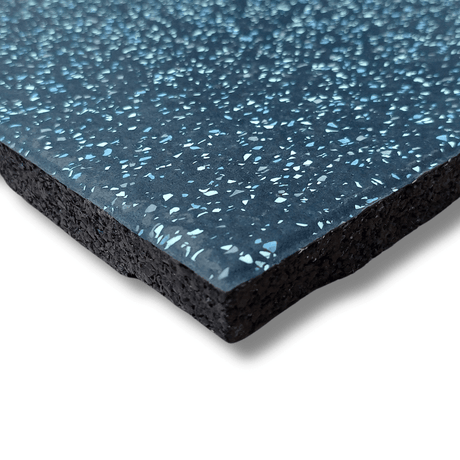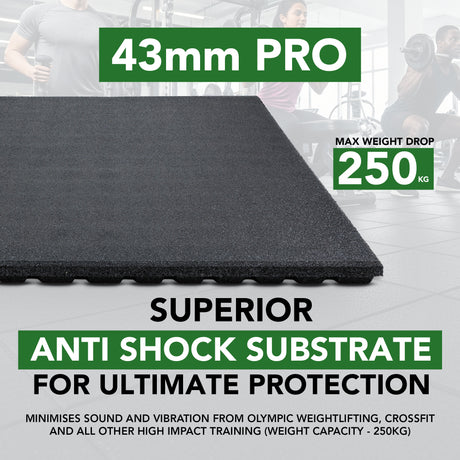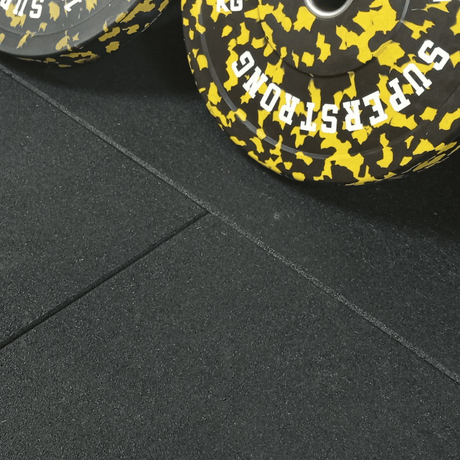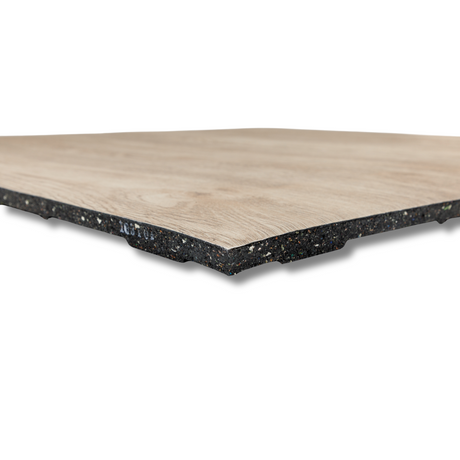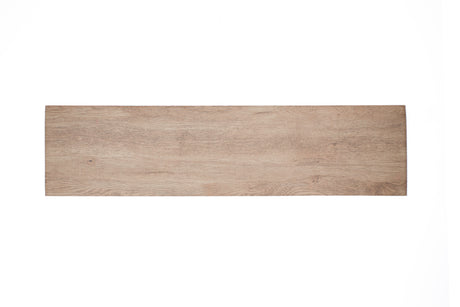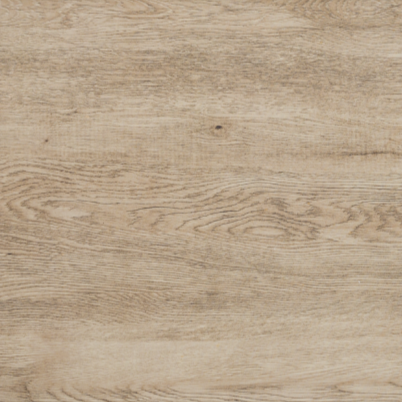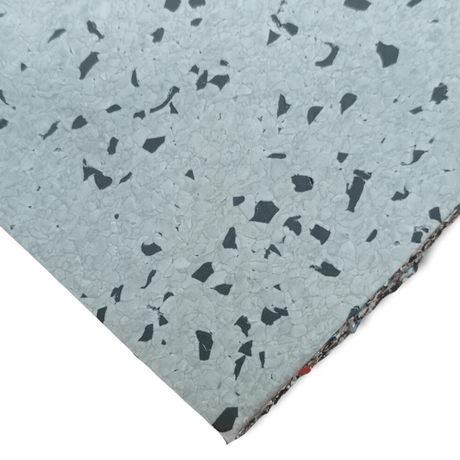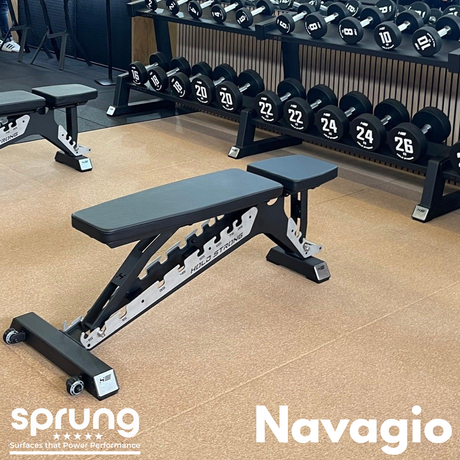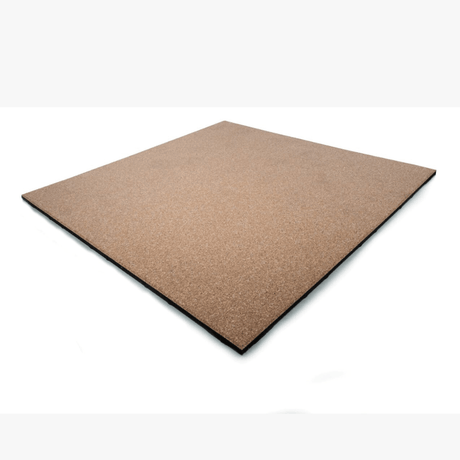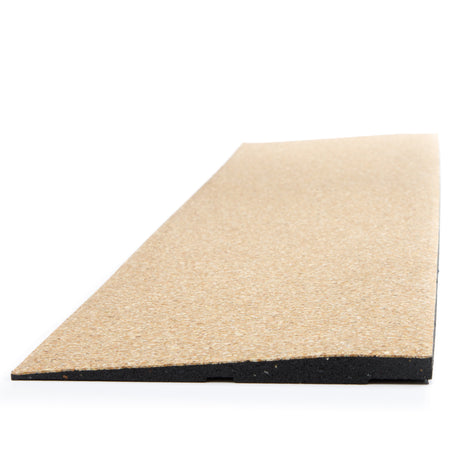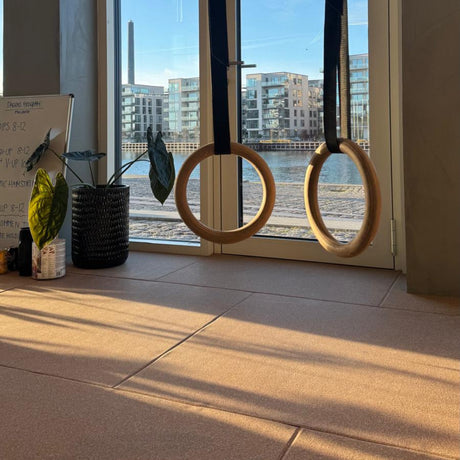A. Executive Snapshot
Padel is one of the world’s fastest-growing sports, now played by over 30 million people across 130+ countries and expanding rapidly in the UK and US.
B. Key Numbers Table
|
Scope |
Metric |
Latest Figure |
|
Global |
Players worldwide |
30 million |
|
Global |
Countries playing padel |
130+ |
|
Global |
Padel courts installed |
63,000 |
|
Global |
Rackets sold annually |
4.5 million |
|
UK |
Active participants |
400,000 |
|
UK |
Padel courts |
893 courts across 300 venues |
|
US |
Active players |
100,000 |
|
US |
Padel courts |
454 |
C. At a Glance Insights
Participation & Demographics
-
Padel’s global player base has doubled in recent years, with major growth across Europe and Latin America.
-
The UK saw a huge jump from 15,000 players to over 400,000 within a few years.
-
US participation is in early stages but is projected to reach 10 million players by the end of the decade.
-
Around 40% of padel players are women. The sport attracts adults aged 26–50 but also has strong youth and senior participation.
Market & Spend
-
The global padel equipment market is valued at over £400 million annually, with rackets making up the majority of sales.
-
In the UK, the average court booking costs around £7 per player per hour, providing steady income for venues.
-
More than 8 million adults in the UK say they are interested in trying padel, showing strong consumer intent.
-
The US market is in its infancy but follows a familiar pattern seen with tennis and pickleball. Early growth suggests significant spending ahead.
Infrastructure
-
Globally, over 63,000 courts have been built, with a 26% year-on-year growth rate.
-
Spain has more padel courts than tennis courts. Other European countries are following suit.
-
The UK has nearly 900 courts, up from just 50 five years ago. Many regions still have long waitlists for court time.
-
The US has only one court per 1.3 million people – compared to one per 3,000 in Spain – showing huge growth potential.
-
Most courts are made with artificial turf on concrete, enclosed with glass walls. There’s growing demand for indoor and all-weather courts.
Health & Performance
-
Most padel injuries are minor and similar in frequency to tennis. About 50% of players report some form of injury during a season.
-
Common injury areas include the elbow, knees, ankles, and shoulders – mostly due to overuse and lack of warm-up.
-
Padel burns around 500–700 calories per hour and is praised for its cardio benefits and low joint impact.
-
Its social doubles format supports mental wellbeing and encourages consistent play across all age groups.
Emerging Trends
-
Padel has received Olympic recognition and may be included in future Games such as LA 2028 or Brisbane 2032.
-
Booking apps like Playtomic are transforming the sport, helping players find courts and connect with others.
-
High-profile events and celebrity involvement (e.g. Messi, Beckham) are driving mainstream appeal.
-
The sport is expanding rapidly into Asia, the Middle East, and North America – especially through hotels, gyms, and retail chains.
-
Multi-use sports centres, converted tennis courts, and covered outdoor domes are becoming more common.
D. Deeper-Dive Insights
Participation & Demographics
-
Global boom – Padel’s player base doubled from ~15 million in 2017 to 30 million in 2024. Europe leads with ~59% of all players, while Latin America is the next largest hub. The sport now reaches 130+ countries, underscoring rapid international uptake.
-
UK surge – British participation jumped from just 15,000 players in 2019 to 400,000 by end of 2024 – a ~2500% increase (no newer baseline data available). Even Sport England’s stricter measure (playing twice a month) shows padel users doubling from 23k to 51k in one year (2023). This points to padel’s breakneck growth in the UK.
-
US nascent but growing – The U.S. trails in adoption with 100,000 players in 2023, dwarfed by ~5 million domestic pickleball players. However, this is up from virtually zero a few years prior, and projections see America’s padel community climbing towards 10 million players by 2030 (forecast) – highlighting a huge growth runway. (Data gap: no official US governing body figures yet beyond industry estimates.)
-
Broad appeal – ~40% of padel players globally are women – a relatively high female share for a racket sport. The core age group is adults 26–50, but participation spans from juniors to seniors. Over 70% of players are older than 25 (meaning ~30% are youth), reflecting padel’s accessibility across ages. Its doubles format and moderate physical demands make it popular as a lifelong social sport for all genders.
Market & Spend
-
Equipment market – Global padel equipment sales reached €500 million in 2022 (≈£426 million). Annual racket sales alone topped 4.5 million units in 2023. While still smaller than tennis (€1.5 billion market), padel gear is growing fast – forecasts predict double-digit growth (~12% CAGR) through the 2020s as more players buy bats, balls, and kit.
-
Club & courts revenue – Padel is predominantly pay-to-play. In Britain, an off-peak padel court booking averages ~£7 per person/hour (doubles play), generating steady income for venues. Many clubs monetize via hourly rentals, membership packages, coaching and equipment sales. The Lawn Tennis Association (LTA) has invested £6 million in UK padel facilities by early 2025, betting on strong returns as participation climbs.
-
UK consumer interest – Public awareness of padel in the UK jumped from 23% to 43% of adults between 2024 and 2025. Over 8 million Britons express interest in trying padel (2025) – 60% higher than a year prior. This surging demand is driving spending on new courts, equipment and local leagues.
-
US market context – Despite modest current numbers, Americans’ enthusiasm for racket sports signals future spend: tennis and pickleball engage ~22 million combined US players. Padel-specific economic data in the US is limited (data gap), but rising celebrity endorsements and the launch of pro exhibitions suggest growing commercial investment. Major sports retailers are also entering the fray (e.g. Decathlon opening padel courts at stores) to capture this trend.
Infrastructure
-
Global court explosion – As of 2024 there are ~63,000 padel courts worldwide, a massive jump from only a few thousand a decade ago. Global court construction grew 26% in 2023 alone. The International Padel Federation noted a 6× increase in courts outside Spain from 2019–2022 as new markets rushed to build facilities. Europe hosts ~70% of all courts, with Spain (~16k courts) now sporting more padel courts than tennis courts nationally.
-
UK facilities – Britain now boasts 893 padel courts across ~300 venues (early 2025), up from just 50 courts in 2019 (nearly 600% growth). The LTA aims to exceed 1,000 courts by 2026 to meet demand. Most UK padel venues are adding multiple courts; an average facility has 2–4 courts, though larger clubs (8+ courts) are emerging in urban centres. Despite growth, there are still ~426 players per court in the UK, resulting in waitlists and indicating undersupply – an opportunity for new courts.
-
US facilities – The US had just 454 courts by 2023 (spread over ~82 sites), reflecting its early stage. This equates to only 1 padel court per 1.3 million Americans. By contrast, Spain has ~335 courts per million people. The huge gap underscores infrastructure potential: many of America’s 250,000 tennis courts sit underused and could be converted. US developers and the national association foresee 20k–30k US padel courts by 2030 if growth continues – an ambitious target to catch up with global leaders.
-
Flooring & court tech – Padel courts typically use artificial turf with sand infill on a concrete base, enclosed by glass walls. Industry providers are scaling up: one leading turf manufacturer installed 2,500 new padel courts across Europe in 2023 alone. There’s a trend toward indoor, all-season courts using covers or domes to weather-proof facilities, especially in Northern Europe. Multi-court indoor centres (10+ courts) have appeared in countries like Sweden, treating padel clubs as profitable ventures. Additionally, booking technology (e.g. Playtomic app with 1M+ monthly users) is now integral to maximize court utilization and connect players.
Health & Performance
-
Injury rates – Padel’s injury incidence is on par with tennis. Recreational players sustain roughly 2.75 injuries per 1,000 hours of play (≈8–9 injuries per 1,000 matches). At least 50% of players report an injury each season (some studies put this as high as 87%, 2023) – suggesting that while most injuries are minor, overuse and inadequate warm-ups are common issues. (No newer large-scale injury data; research is still emerging for this young sport.)
-
Common injuries – Due to the quick changes of direction and repeated swings, nearly half of padel injuries affect the lower limbs (legs and ankles). However, the single most injury-prone area is the elbow (≈20% of all injuries), often tendinopathy from overuse. Shoulder and knee injuries are also frequently cited. Injury risk is higher among novice and older players (e.g. muscle strains in 35+ age group) as padel’s accessibility draws many amateurs who may lack conditioning. Proper warm-up, good footwear, and cushioned court surfaces can help mitigate these risks.
-
Fitness benefits – Padel provides a solid cardio workout with relatively low impact. Players burn an estimated 500–700 calories per hour in a typical game. The sport’s frenetic rallies (points last ~60% longer than in tennis) keep players moving continuously, improving agility and endurance. Crucially, padel’s social, doubles format also offers mental health benefits – ³/₄ of UK padel venues run community outreach or free sessions, leveraging the game’s fun, social nature to keep people active. Many enthusiasts, including veteran tennis pros, find padel addictive and easier on the joints than singles tennis, making it a sport people can enjoy well into their senior years.
Emerging Trends
-
Olympic ambitions – Padel’s governing body gained IOC recognition in 2019, a key step toward future Olympic inclusion. While padel won’t be in Paris 2024, insiders are optimistic for a debut by Los Angeles 2028 or Brisbane 2032. The sport already meets many Olympic criteria (international federation, anti-doping compliance, global spread), and its rapid growth and youth appeal bolster its case. If padel becomes an Olympic sport, it could spur another wave of investment and global participation.
-
Tech & media – Technology is transforming padel. The Playtomic app now connects players at 4,800+ clubs in 49 countries, enabling easy court bookings, leagues, and even matchmaking for doubles partners. Professional padel is also drawing audiences: the new team-format Hexagon Cup in Madrid drew 30,000+ spectators in 2025, with celebrity team owners (Messi, Lewandowski) boosting its profile. Meanwhile, padel-centric streaming and social media content (e.g. WPT YouTube with 415M views) are engaging fans worldwide. These digital and media trends indicate a maturing ecosystem ripe for sponsors and innovation (e.g. smart rackets, automated match tracking).
-
Global expansion & inclusion – Non-traditional markets are picking up padel. In Asia and the Middle East, upscale clubs and even hotels are installing courts (e.g. indoor air-conditioned complexes in UAE). International initiatives are bringing padel to new audiences – from youth development programs in Latin America to collaborations like Decathlon’s pop-up courts in India and UK. The United States, in particular, is seen as the “sleeping giant” for padel: with only one court per million people in 2023, the room for growth is enormous. If US participation even partially catches up to Europe’s, the sport could easily double its global player count. The coming years will likely see more crossover between fitness industries and padel (e.g. gym chains adding courts, residential communities building padel amenities) – integrating this sport into everyday active lifestyles.
E. Full Reference List
-
Lawn Tennis Association (LTA) – “Over 400,000 players: LTA unveils latest figures on growth of Padel in Britain.” (2025) – Official LTA Padel news release detailing UK participation, court numbers, and public interest.
-
PalaHack – “Global Padel Statistics 2025: Unstoppable Market Growth.” (2025) – Comprehensive data analysis of padel’s worldwide growth in players, countries, and infrastructure, citing FIP and industry sources.
-
Playtomic & Forbes via PadelAlto – “Gen Z to make padel the next big sport… (Playtomic Global Padel Report 2024).” (2024) – Highlights from Playtomic’s industry report, noted in Forbes/PadelAlto: 26% court growth in 2023 and 4.5M rackets sold globally.
-
Padel USA (Playtomic/Strategy& survey) – “From fewer than 20 padel courts in 2019 to 454 in 2023 in the US!” (2024) – U.S.-focused blog citing latest survey data: ~100k players in 2023, rapid court growth, and projections by US Padel Association.
-
Aspetar Sports Medicine Journal – “Injuries in Padel” by C. Eirale et al. (2023) – Expert review of padel injury rates and types, comparing incidence to tennis and highlighting common injury areas and percentages.
-
UK Padel & Act Sports – “UK Padel teams up with Act Sports to expand popularity… in UK.” (2024) – Press release with UK padel growth targets and industry insight (e.g. LTA projecting 600k players by 2026, turf supplier installed 2,500 courts in 2023).
-
ISPO.com – “Padel Growth & Trends 2025: Opportunities for the sports business.” (2025) – Industry article on padel’s economic impact and trends, including digital platforms (Playtomic 1M users) and event audience stats.
-
Novor.co.uk – “Padel Tennis: The Next Big Olympic Sport?” (2023) – Article on padel’s Olympic prospects, noting IOC recognition in 2019 and timeline requirements for inclusion (potential by 2032).
PadelAthletes.com – “Padel Statistics and Facts 2025.” (2025) – (Secondary source) Blog with assorted padel facts, e.g. calorie burn and Spain’s player counts. Note: Used for general context; some claims (e.g. Olympic inclusion plans for 2024) reflect enthusiasm rather than confirmed data. (No newer official data available for certain fitness metrics.)








